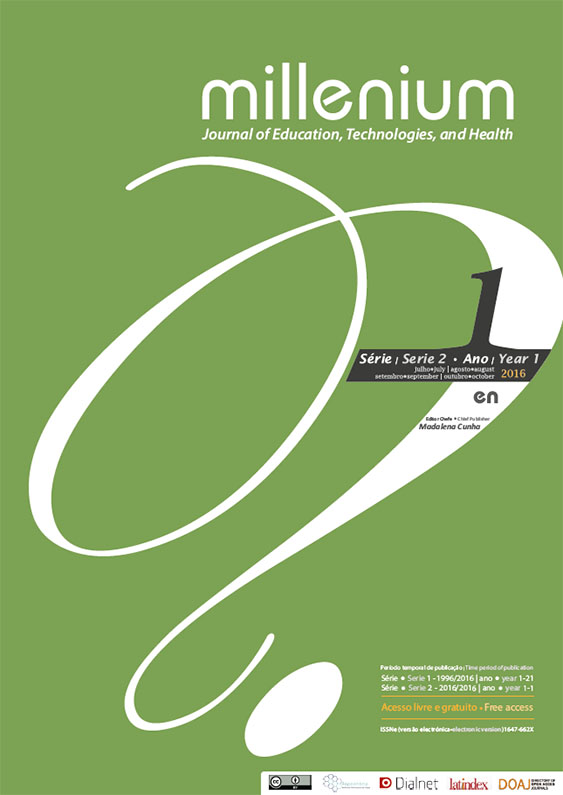Adaptation of the ABCDE model from Human Medicine to communicate bad news to the owner of the oncologic patient in Veterinary Medicine
DOI:
https://doi.org/10.29352/mill0201.02.00039Keywords:
pets, veterinary oncology, communication, bad news, ABCDE modeAbstract
Introduction: Similar to what occurs in Human Medicine, also in Veterinary Medicine, the prevalence of oncological diseases has significantly increased.
Development: The evolution of Veterinary Medicine, in last decades has brought changes in clinical paradigms, particularly concerning the relationship with the animal and also with the owner. More than any other specialty, members of the Veterinary Medical Team that work in the oncology field, are unavoidably forced to break bad news. This paper proposes the adaptation of the ABCDE model from Human Medicine to Veterinary Medicine.
Conclusions: The adaptation of the ABCDE model for Veterinary Medicine improves communication with the owner and offers all the members of the Veterinary Medical Team better communication skills.
Downloads
References
Baile, W.F., Buckman, R., Lenzi, R., Glober, G., Beale, E.A., & Kudelka, A.P. (2000). SPIKES-A Six-Step Protocol for Delivering Bad News: Application to the Patient with Cancer. The Oncologist. 5, 302-311.
EPEC. Education for Physicians on End-of-life Care. (1999). Communicating Bad News. EPEC Participant’s Handbook - Module 2, pp. M2-1, M2-10.
Hamlin, J. (2010). The changing face of the veterinary nursing community. The Veterinary Nurse, 1(2), 79.
Knott L. (2015). Breaking Bad News. Patien, pp.1-7. Retrieved from http://patient.info/doctor/breaking-bad-news Lei n.º 69/2014. (2014, Agosto 29). Diário da República, 1 (166), 4566-67.
Lickerma, N. A. (2013). How to deliver bad news to patients: 9 tips to do it better. Medpagetoday’s KevinMD.com Social media’s leading Physician voica, 2, 1-11.
Vala, H. (2011). A importância da comunicação em oncologia. Proceedings do VII Congresso Oncologia Hospital Veterinário Montenegro e I Congresso Enfermagem Hospital Veterinário Montenegro. pp. 2.
Vala, H. (2016). A importância da comunicação com o proprietário do paciente oncológico. Proceedings do VI Congresso de Enfermagem Veterinária. Oncologia sem segredos. pp. 6.
Vandekieft, G. K. (2001). Breaking Bad News. American Family Physician, 64(12), 1975-1979.
Wager, C. (2011). Informed consent: what do veterinary nurses need to know? The Vet Nurse, 2(7), 344 - 349.
Withrow, J. S., & Vail D. M. (2007). Withrow and MacEwen’s Small Animal Clinical Oncology. (4th ed.). St. Louis, Missouri: Elsevier Saunders.
Downloads
How to Cite
Issue
Section
License
Authors who submit proposals for this journal agree to the following terms:
a) Articles are published under the Licença Creative Commons (CC BY 4.0), in full open-access, without any cost or fees of any kind to the author or the reader;
b) The authors retain copyright and grant the journal right of first publication, allowing the free sharing of work, provided it is correctly attributed the authorship and initial publication in this journal;
c) The authors are permitted to take on additional contracts separately for non-exclusive distribution of the version of the work published in this journal (eg, post it to an institutional repository or as a book), with an acknowledgment of its initial publication in this journal;
d) Authors are permitted and encouraged to publish and distribute their work online (eg, in institutional repositories or on their website) as it can lead to productive exchanges, as well as increase the impact and citation of published work
Documents required for submission
Article template (Editable format)





